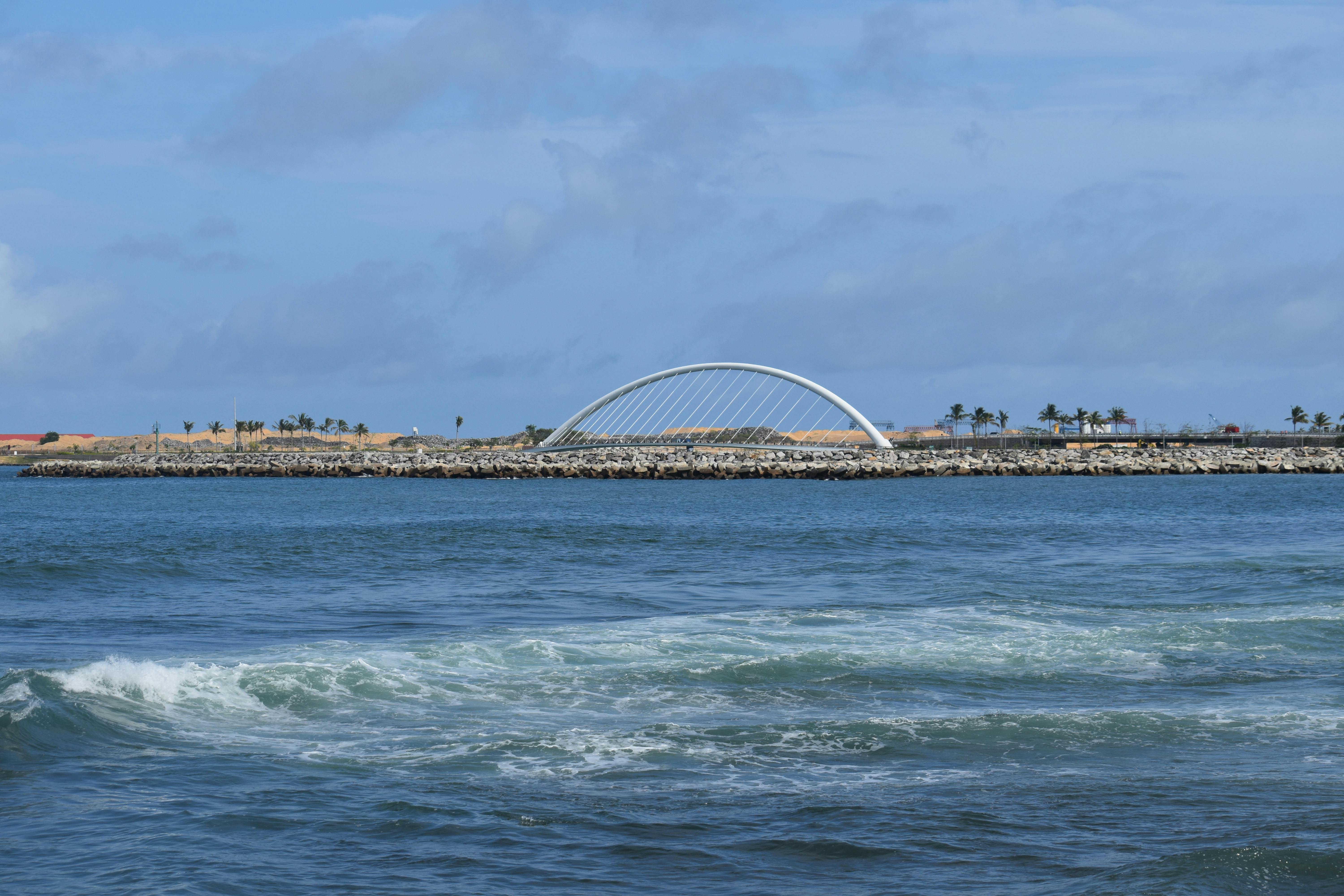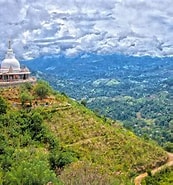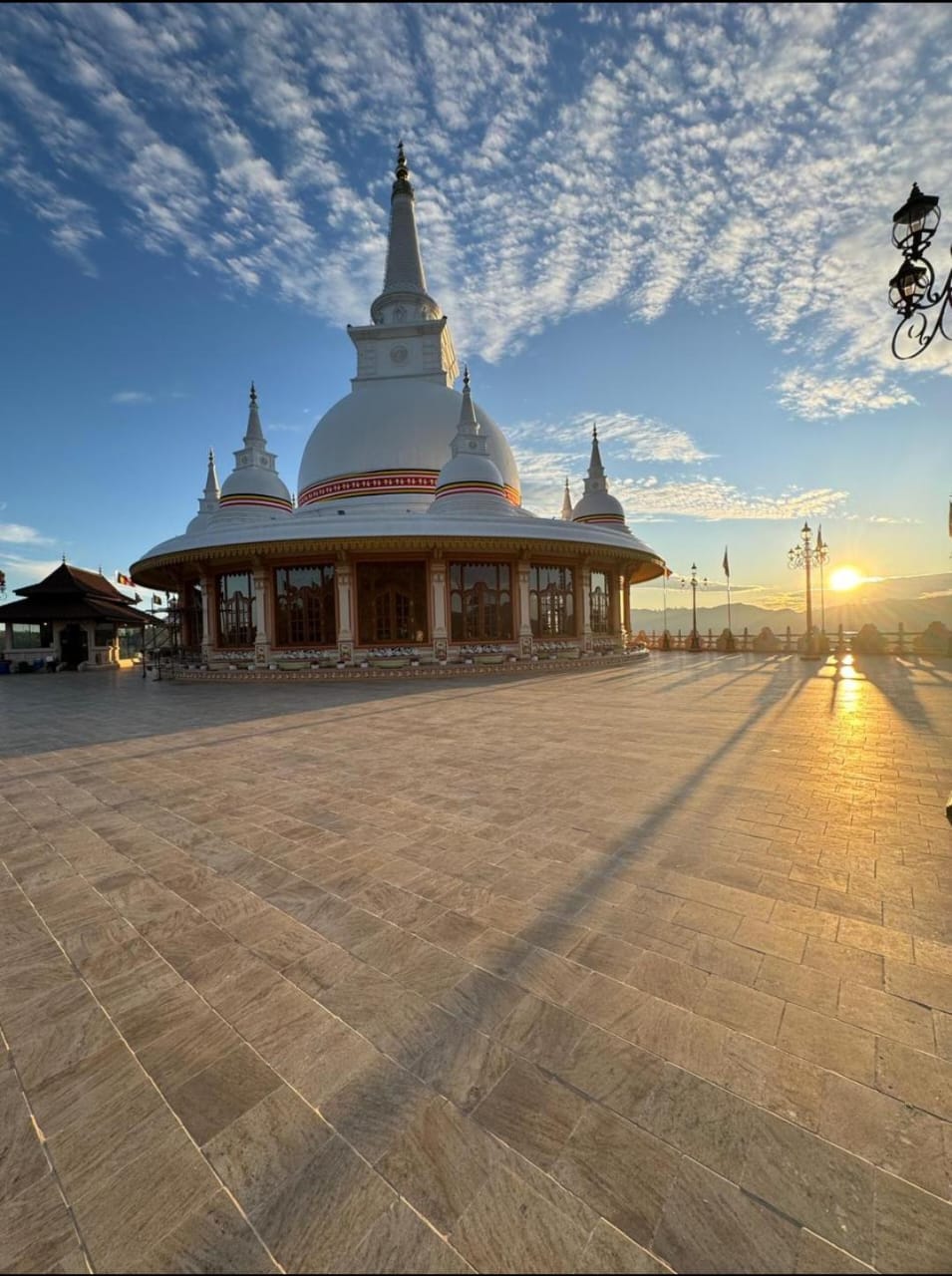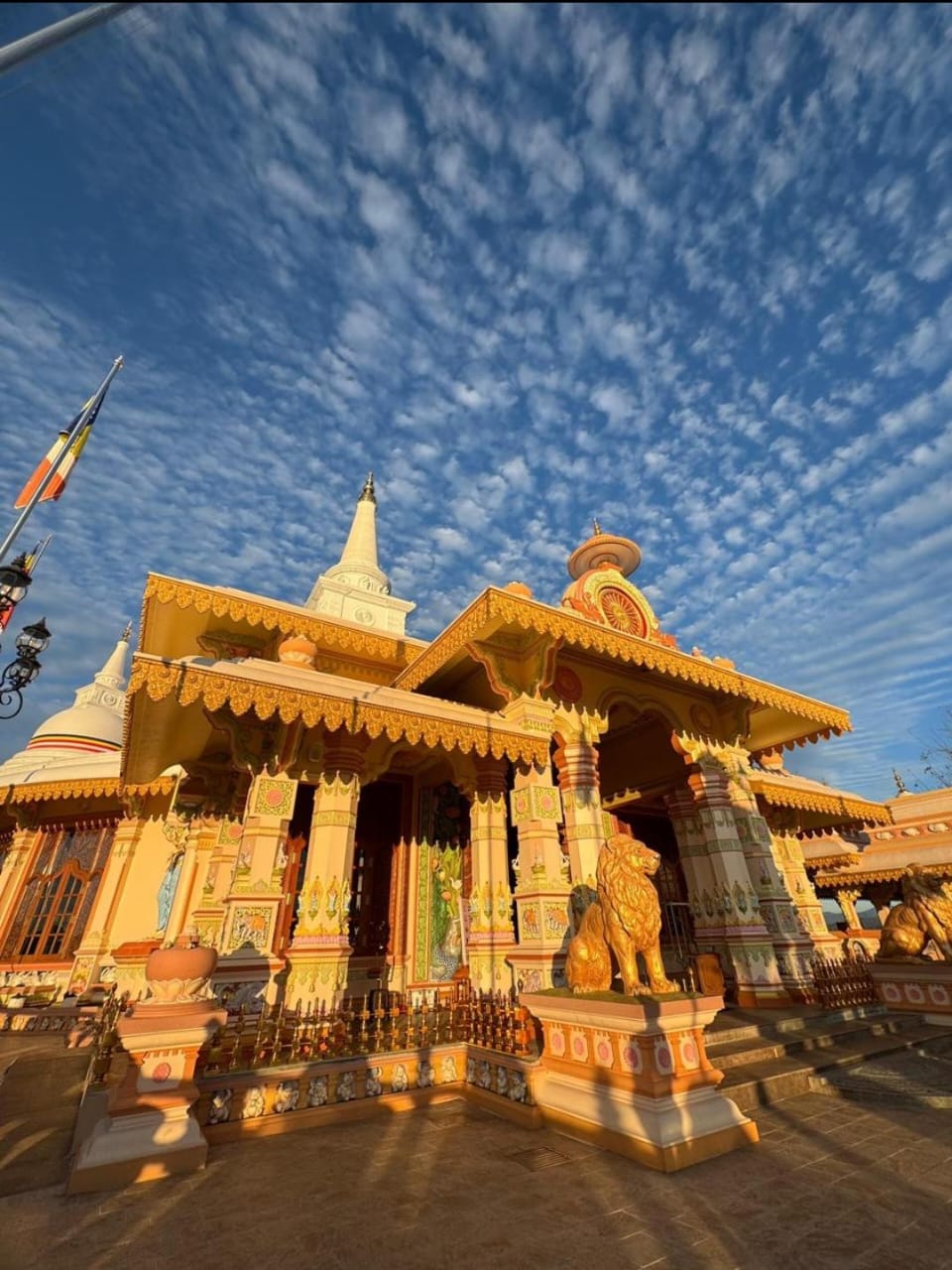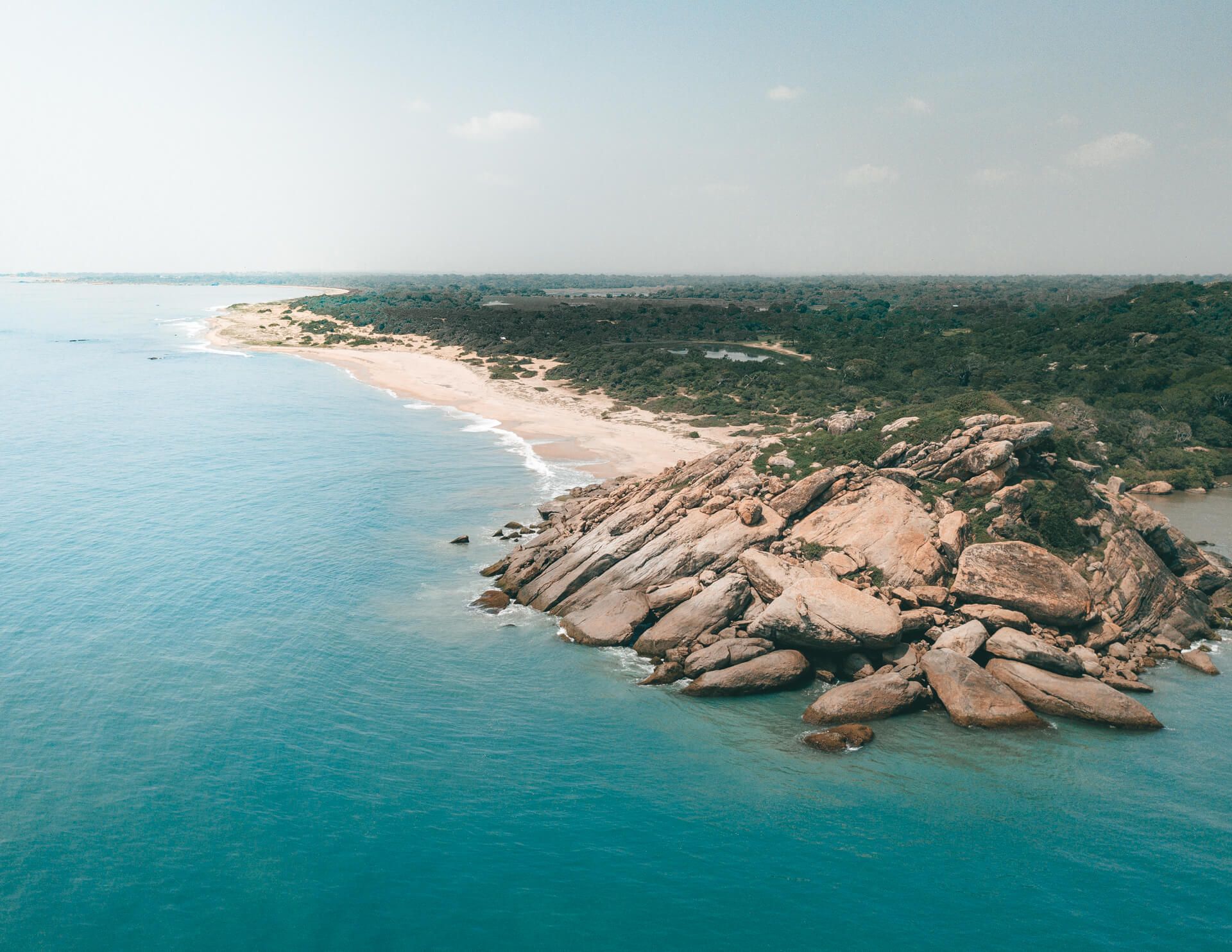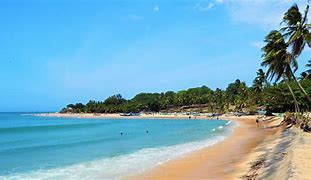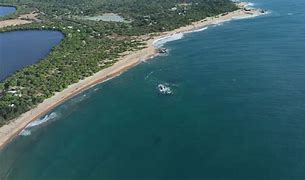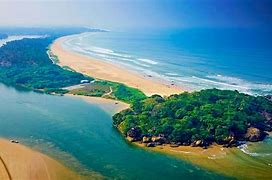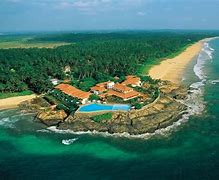Galle Face Green is a five-hectare (12-acre) urban park by the sea that runs 500 meters (1,600 feet) down the shore in the centre of Colombo, Sri Lanka's commercial and financial centre. Governor Sir Henry George Ward first designed the promenade in 1859, although the original Galle Face Green covered a far more area than it does now. Originally utilised as a golf course and for horse racing, the Galle Face Green has also been used for rugby, football, tennis, cricket, and polo. Originally, Galle Face Green covered a far greater area than it does now. Its boundaries were, according to records, Beira Lake, the ramparts of Colombo Fort, and the city's cemetery (founded in 1803) to the north, the Indian Ocean to the west, the Galle Face Hotel (founded in 1864, though the original structure on the site was a Dutch villa) to the south, and St. Peter's Church (consecrated in 1821) to the east. In order to give their guns a strategic line of fire to the Portuguese, the Dutch first laid out the Galle Face Green. According to one theory, the name Galle Face comes from the original Dutch name for the fortifications. The Gal Gate was the name given to the gateway that led to the Colombo Fort because it faced south towards Galle, and the word "faas" means "front," meaning "in front of the fortification that faced Galle." Another theory is that Gal Gate truly meant "rock gate," a distortion of the traditional name for the region's rocky shoreline, Gal Bokka, where Gal is the Sinhalese word for rock. In 1856 the then Governor of British Ceylon, Sir Henry George Ward (1797–1860) authorised the construction of a 1 mile (1.6 km) promenade along the oceanside of the Galle Face Green, for ladies and children to saunter and ‘take in the air’. The promenade was subsequently completed in 1859.
